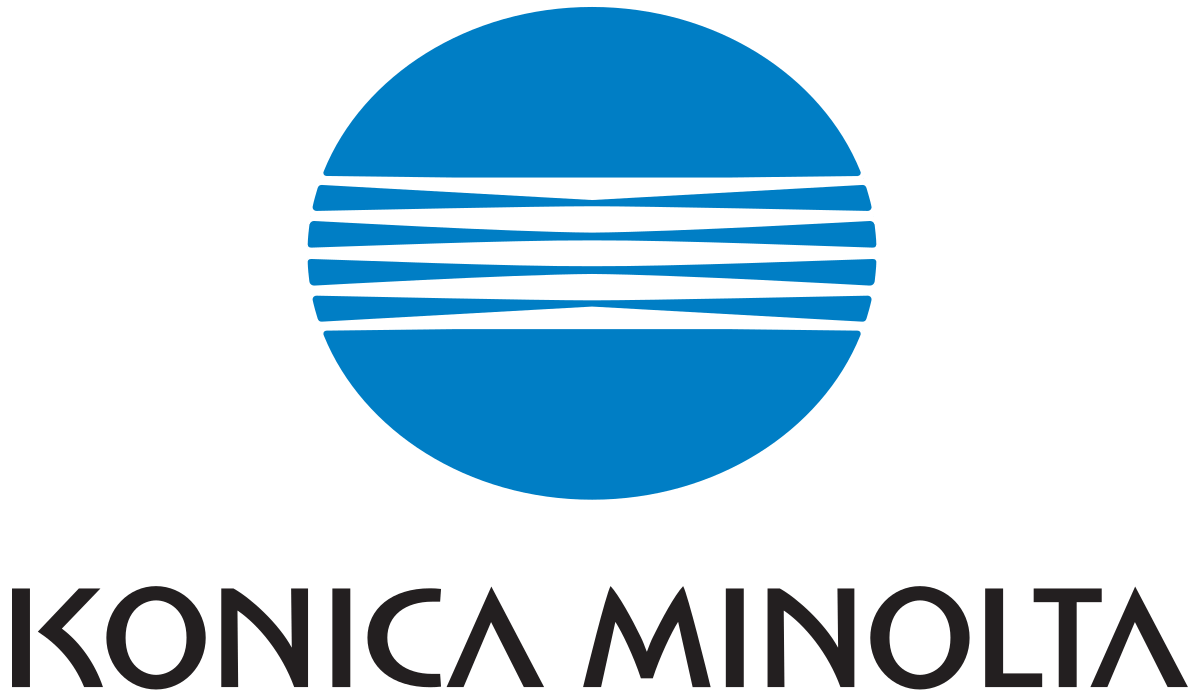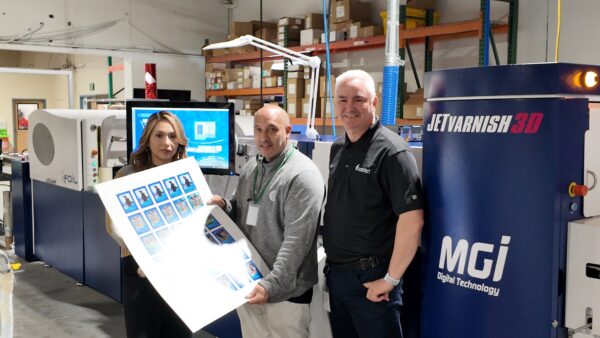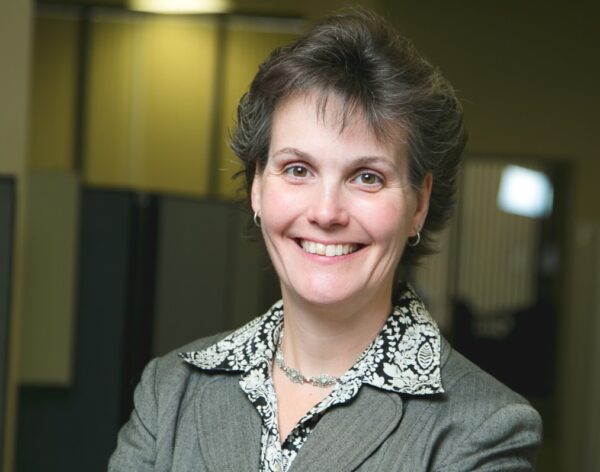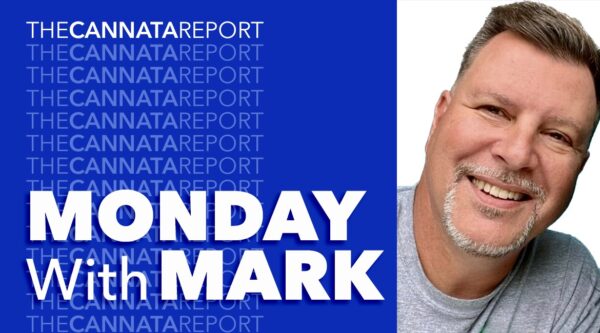Its parent company wrapped up the fiscal year on Monday, March 31, and on Friday Konica Minolta announced a new, “modernized” agreement for its dealers in the United States. The present agreement in place is set to expire on June 30th.
It has been 10 years since the OEM revisited its agreement with dealers, Laura Blackmer, president of dealer sales, reported today in an online press/analyst conference. “We have contemporized our agreement” by moving toward a company authorization model, she noted, adding that, “in today’s world, business is done everywhere.”
Going forward, Konica Minolta dealer partners will be able to pursue business based on ZIP codes, counties, states, and regions. The only prerequisite is that they need to have a KM-certified technician on staff. “This is a big change,” she acknowledged, but . . . “it’s difficult to support the Boston market with New York City techs,” Blackmer cited as an example. “We believe there still is a lot of value in dealers having a local presence. Say someone from Dayton [with an authorized tech] wants to expand into Columbus, Ohio,” she illustrated: The OEM will encourage them to go for it.
The updated dealer agreement also moves away from contract quotas, which Konica Minolta believes have become obsolete. Blackmer said that incorporating goals and incentives should prove more effective than using the old quota system.
Profit Margin Pressures
Dealer agreement changes have been on the horizon for some five years, according to Sam Errigo, Konica Minolta’s U.S. president and CEO. The COVID-19 pandemic slowed down the process, explained Errigo, who lent additional perspective: As industry compression continues, OEMs and dealers are “under tremendous pressure regarding margins and margin improvement,” he said. Clicks indeed may be down, but the OEM nonetheless is targeting 10% to 15% growth in the dealer channel, he emphasized.
Errigo cited additional dealer and OEM challenges, including the skilled labor shortage and digital transformation (DX). “The winners will be those who figure out how to grow revenue the fastest,” he asserted. Taking market share could be the key, and “net new” is a critical growth strategy for Konica Minolta. While it can be a more expensive option, he admitted, “We strive to help dealers with net-new growth so that they can remain a viable entity moving forward.
“We also are bullish on PP [production print] and IP [industrial print],” Errigo continued, anticipating 10% to 15% growth in these two areas that drive click volumes. Adopting more of a geographic philosophy should help dealers expand production printing to underserved metropolitan areas, he added. He also referenced growth opportunities related to Konica Minolta’s intelligent information management (IIM) business.
Errigo touched on tariffs, too, which have been a hot topic of conversation this week. He called tariffs, especially on parts and supplies coming from China, an added expense that businesses will need to absorb. The big question that everyone wants answered: “How long will they be in play?”
Dealer to Dealer
Konica Minolta also intends to make it easier for dealers to work together by launching what it calls an Inter-Territorial Program (ITP). In the past, it could be extremely time-consuming and even problematic for dealers to discuss terms among themselves. The OEM consulted its Dealer Advisory Council, which recommended an opt-in program to make the process more pain-free.
“The ITP has developed a standardized set of installation and service compensation rates,” Blackmer described, “so there’s no negotiating [necessary].” Phase 2 will include a portal, with dashboards, resulting in far fewer back-and-forth emails. “We believe this program will provide extra incentive for dealers to go after larger, mid-market deals,” she added.
“The imaging channel continues to undergo significant change: dealer consolidation, private equity investment and shifting customer expectations are all reshaping how business is done,” Blackmer, said in a statement. “To stay competitive and help our dealers thrive, Konica Minolta is evolving how we serve our dealer community—with more flexible programs, stronger service alignment, and a simplified approach to doing business.
“These changes are designed to help our dealer partners grow, adapt and thrive. By streamlining how we work together to reduce friction and support, we can better enable their ability to compete and succeed in today’s evolving marketplace,” she concluded.




